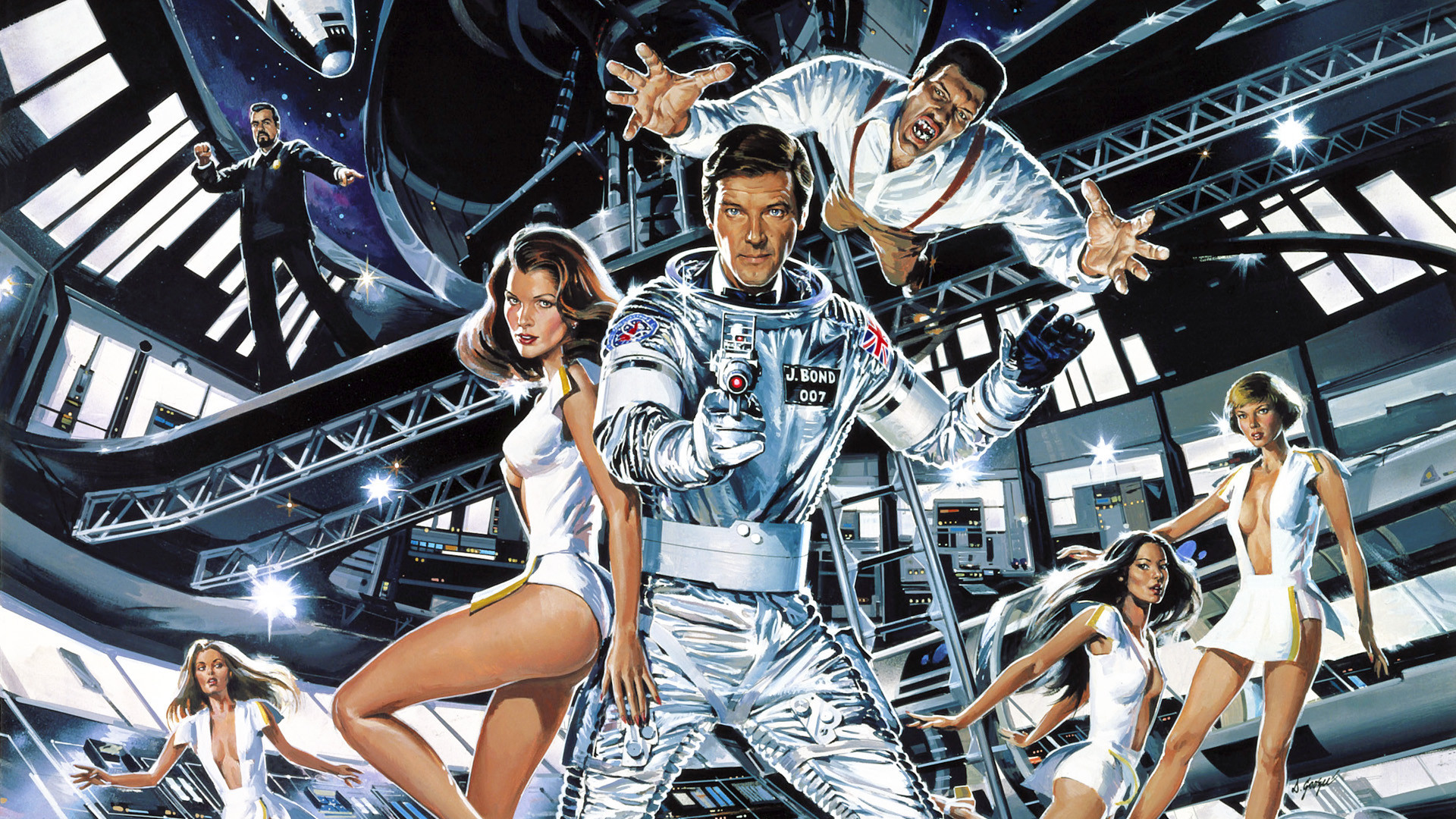I just found The Monuments Men appealing on several aspects. It’s just a great WWII movie. As an art school alumni and an art lover, I could accept the sensitivity around nurturing art, not just as an artifact, but as a document of a culture reflective of human traditions and lifestyle of that era. In Frank Stokes words (played by the ever-so-elegant George Clooney!):
You can wipe out an entire generation, you can burn their homes to the ground and somehow they’ll still find their way back. But if you destroy their history, you destroy their achievements and it’s as if they never existed. That’s what Hitler wants and that’s exactly what we are fighting for.
And my mind goes back to what Hitler was thinking when he wanted all the artworks to be housed in his ambitious Führermuseum (which never happened), later ordering his men to destroy it all because they lost the war. Not even sure how many pieces of artwork were destroyed by his men, but that’s a different discussion.
Directed by George Clooney and based on a true story non-fiction book (The Monuments Men: Allied Heroes, Nazi Thieves and the Greatest Treasure Hunt in History by Robert M. Edsel and Bret Witter), while the Allied army is fighting the Nazis, a group of men – basically artists and architects, from the Monuments, Fine Arts, and Archives program are in search of precious artworks which have been looted by Hitler’s men when they occupy parts of Europe. Barring this team of fervent art lovers, the generals of the Allied force care less about canvases and colors. They’d rather focus on winning the war in Europe. In a thrilling turn of events, the group leads a heroic effort in finding most of the paintings, important among which is the Ghent Altarpiece. The paintings and other pieces of work are found safe in copper mines which prompts Frank Stokes to note – “It seems the Nazis took better care of art than they did people.”
I would highly recommend The Monuments Men, even if you are not a WWII/war movie fan.

